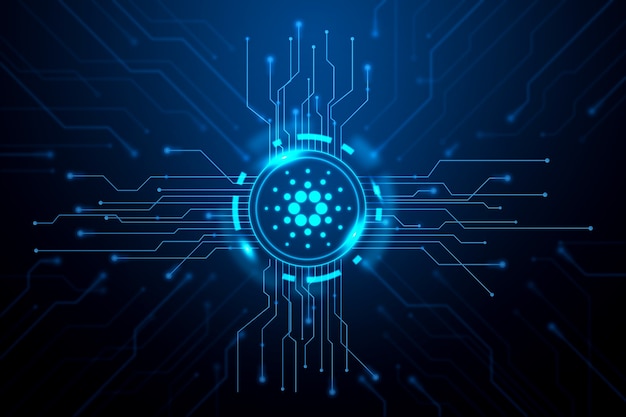What is Attack Surface Management?
Attack Surface Management (ASM) is a proactive cybersecurity strategy designed to identify, monitor, and manage potential entry points that attackers could exploit to gain unauthorized access to systems or networks. By understanding and managing the attack surface—which includes all possible points of attack such as physical devices, software applications, and network interfaces—organizations can significantly enhance their security posture.
Key Components of ASM:
Discovery:
- Asset Identification: Uncover all assets within the environment, including hardware, software, and services, whether on-premises or cloud-based.
- Mapping: Create an inventory and detailed map of these assets to understand their configuration and interconnections.
Assessment:
- Vulnerability Evaluation: Assess the security posture of identified assets by evaluating their configurations, software versions, and potential weaknesses.
- Threat Analysis: Analyze the potential threats that could exploit these vulnerabilities, considering both external and internal threat vectors.
Monitoring:
- Continuous Surveillance: Implement continuous monitoring to track changes in the attack surface, detect new vulnerabilities, and identify new assets.
- Anomaly Detection: Use tools to detect unusual activities or behaviors that might indicate a potential security incident.
Mitigation:
- Risk Reduction: Apply remediation measures to address identified vulnerabilities, such as patching software, adjusting configurations, and removing unnecessary services.
- Security Enhancements: Implement additional security measures like firewalls, intrusion detection systems, and encryption to protect against potential exploits.
Management:
- Strategy Adaptation: Regularly update and refine the ASM strategy based on emerging threats and changes in the environment.
- Compliance and Governance: Ensure ASM practices align with regulatory requirements and organizational policies.
Guidance for Implementing ASM:
- Start with Comprehensive Asset Discovery: Ensure you have a complete inventory of all assets. This is the foundation for effective ASM.
- Regularly Update Vulnerability Assessments: Frequent assessments are crucial to staying ahead of new vulnerabilities and threats.
- Integrate Continuous Monitoring Tools: Use advanced tools for real-time surveillance and anomaly detection to quickly identify and respond to issues.
- Develop a Response Plan: Have a clear plan for mitigating vulnerabilities and addressing security incidents.
- Review and Refine Your Strategy: Regularly review and update your ASM strategy to adapt to new threats and changes in your environment.
FAQ
Q: What is the primary goal of Attack Surface Management? A: The primary goal of ASM is to identify and manage all potential entry points that attackers could exploit, thereby reducing the risk of unauthorized access and enhancing overall security.
Q: How often should vulnerability assessments be conducted? A: Vulnerability assessments should be conducted regularly—at least quarterly—and whenever significant changes are made to the environment.
Q: What are some common tools used in ASM? A: Common ASM tools include vulnerability scanners, continuous monitoring solutions, and threat intelligence platforms.
Q: How does ASM improve incident response? A: ASM provides an up-to-date view of the attack surface, allowing organizations to detect and respond to security incidents more effectively by understanding where potential threats may arise.
Q: Why is continuous monitoring important in ASM? A: Continuous monitoring helps detect changes in the attack surface in real-time, ensuring that new vulnerabilities or exposures are identified and addressed promptly.
Use Cases for Risk Cognizance in Governance, Risk, and Compliance (GRC)
Regulatory Compliance:
- Scenario: A financial institution needs to comply with stringent regulations such as GDPR or PCI-DSS.
- Application: Risk Cognizance in ASM helps ensure that all assets and their security measures are aligned with regulatory requirements. Regular vulnerability assessments and continuous monitoring help in maintaining compliance by identifying and addressing gaps that could lead to non-compliance.
Third-Party Risk Management:
- Scenario: A company works with multiple third-party vendors who have access to its systems and data.
- Application: ASM enables the organization to monitor and assess the security posture of third-party vendors. By understanding potential risks introduced by these vendors, the organization can manage and mitigate third-party vulnerabilities that could affect its own security.
Incident Response and Recovery:
- Scenario: A healthcare provider experiences a data breach that exposes sensitive patient information.
- Application: With ASM, the organization can quickly identify and analyze the compromised attack surface, assess the extent of the breach, and implement remediation measures. Continuous monitoring helps in understanding the root cause and preventing similar incidents in the future, while risk cognizance ensures that the incident response aligns with compliance requirements.
By integrating Risk Cognizance into ASM, organizations can more effectively manage their security posture, ensure compliance, and respond to risks and incidents in a structured and informed manner.

